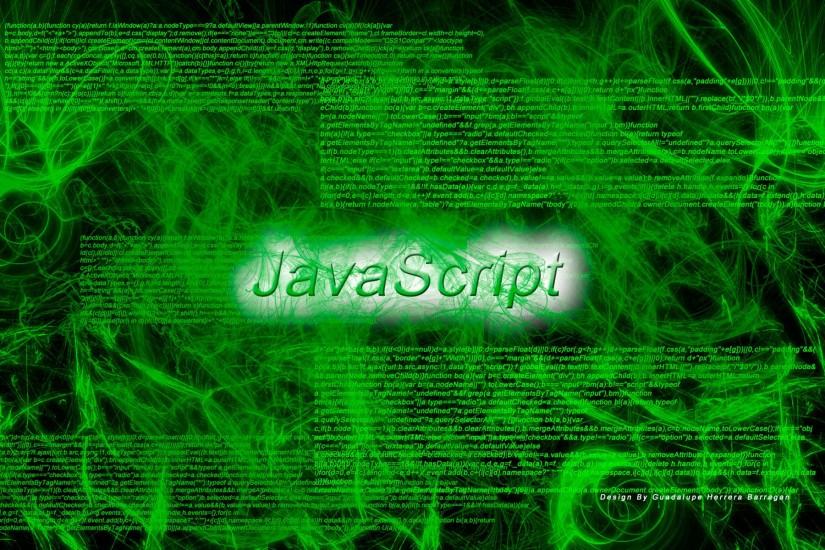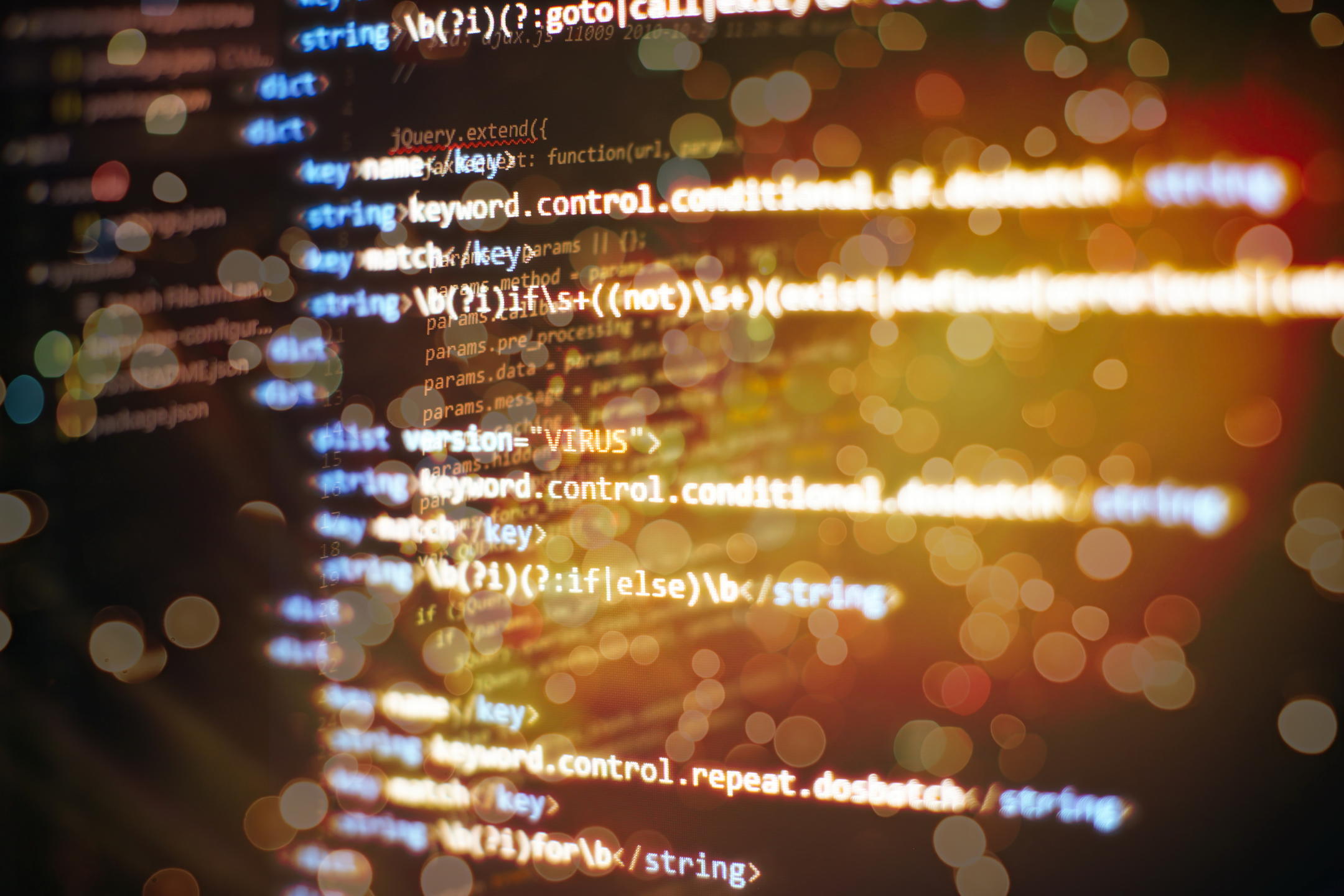- Python Programming Language Tutorial
- Python Programming Language Examples
- Python Programming Language
- Python Coding Software
- Python Programming Language Pip
- Python Programming Language For Beginners
- Python Basic Tutorial

Learn Python Programming This site contains materials and exercises for the Python 3 programming language. In this course you will learn how to write code, the basics and see examples. Python is a programming language supports several programming paradigms including Object-Orientated Programming (OOP) and functional programming.

- Python is an interpreted, object-oriented, high-level programming language with dynamic semantics. Its high-level built in data structures, combined with dynamic typing and dynamic binding, make it very attractive for Rapid Application Development, as well as for use as a scripting or glue language to connect existing components together.
- Python is a powerful general-purpose programming language. It is used in web development, data science, creating software prototypes, and so on. Fortunately for beginners, Python has simple easy-to-use syntax. This makes Python an excellent language to learn to program for beginners.
- Python tutorial - Python for beginners - Go from Zero to Hero with Python (includes machine learning & web development project).🔥 Want to master Python?
- Python Advanced Tutorial
- Python Useful Resources

- Selected Reading
Python is a general-purpose interpreted, interactive, object-oriented, and high-level programming language. It was created by Guido van Rossum during 1985- 1990. Like Perl, Python source code is also available under the GNU General Public License (GPL). This tutorial gives enough understanding on Python programming language.
Why to Learn Python?
Python Programming Language Tutorial
Python is a high-level, interpreted, interactive and object-oriented scripting language. Python is designed to be highly readable. It uses English keywords frequently where as other languages use punctuation, and it has fewer syntactical constructions than other languages.
Python is a MUST for students and working professionals to become a great Software Engineer specially when they are working in Web Development Domain. I will list down some of the key advantages of learning Python:
Python is Interpreted − Python is processed at runtime by the interpreter. You do not need to compile your program before executing it. This is similar to PERL and PHP.
Python is Interactive − You can actually sit at a Python prompt and interact with the interpreter directly to write your programs.
Python is Object-Oriented − Python supports Object-Oriented style or technique of programming that encapsulates code within objects. Mac new software 2016.
Python is a Beginner's Language − Python is a great language for the beginner-level programmers and supports the development of a wide range of applications from simple text processing to WWW browsers to games.
Characteristics of Python
Following are important characteristics of Python Programming −
It supports functional and structured programming methods as well as OOP.
It can be used as a scripting language or can be compiled to byte-code for building large applications.
It provides very high-level dynamic data types and supports dynamic type checking.
It supports automatic garbage collection.
It can be easily integrated with C, C++, COM, ActiveX, CORBA, and Java.
Hello World using Python.
Just to give you a little excitement about Python, I'm going to give you a small conventional Python Hello World program, You can try it using Demo link.
Applications of Python
Python Programming Language Examples
As mentioned before, Python is one of the most widely used language over the web. I'm going to list few of them here:
Easy-to-learn − Python has few keywords, simple structure, and a clearly defined syntax. This allows the student to pick up the language quickly.
Easy-to-read − Python code is more clearly defined and visible to the eyes.
Easy-to-maintain − Python's source code is fairly easy-to-maintain.
A broad standard library − Python's bulk of the library is very portable and cross-platform compatible on UNIX, Windows, and Macintosh.
Interactive Mode − Python has support for an interactive mode which allows interactive testing and debugging of snippets of code.
Portable − Python can run on a wide variety of hardware platforms and has the same interface on all platforms.
Extendable − You can add low-level modules to the Python interpreter. These modules enable programmers to add to or customize their tools to be more efficient.
Databases − Python provides interfaces to all major commercial databases.
GUI Programming − Python supports GUI applications that can be created and ported to many system calls, libraries and windows systems, such as Windows MFC, Macintosh, and the X Window system of Unix.
Scalable − Python provides a better structure and support for large programs than shell scripting.

Python Programming Language
Audience
Python Coding Software
This Python tutorial is designed for software programmers who need to learn Python programming language from scratch.
Python Programming Language Pip
Prerequisites
Python Programming Language For Beginners
You should have a basic understanding of Computer Programming terminologies. A basic understanding of any of the programming languages is a plus.
